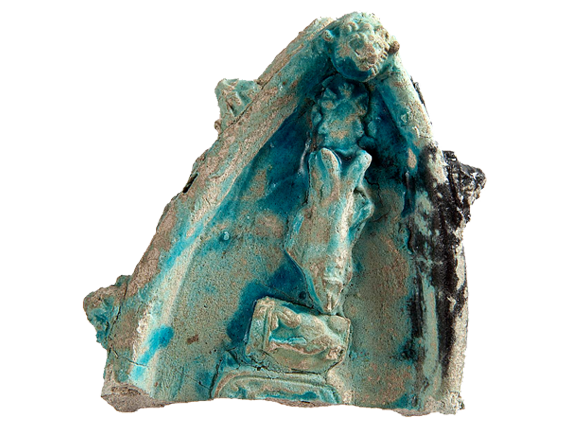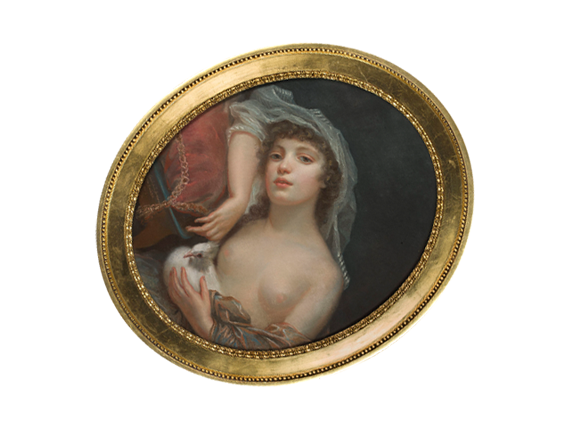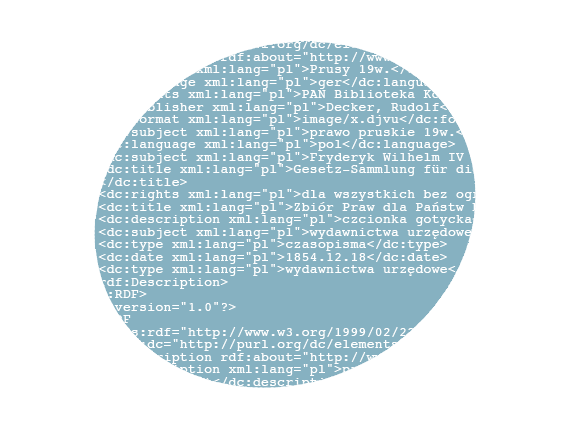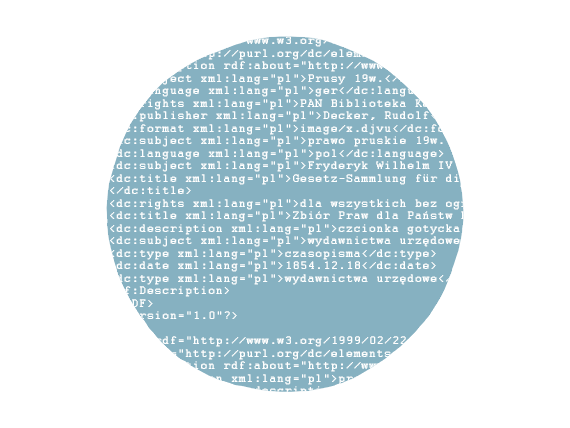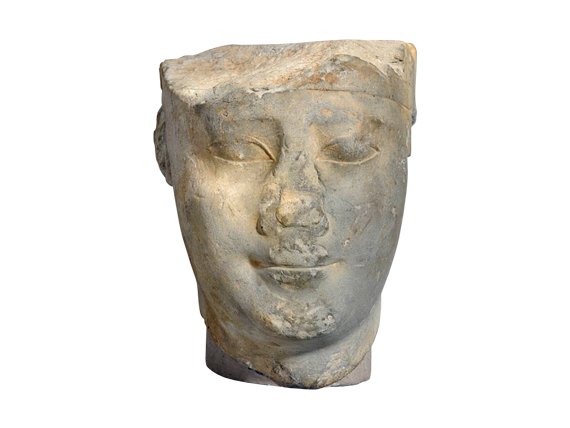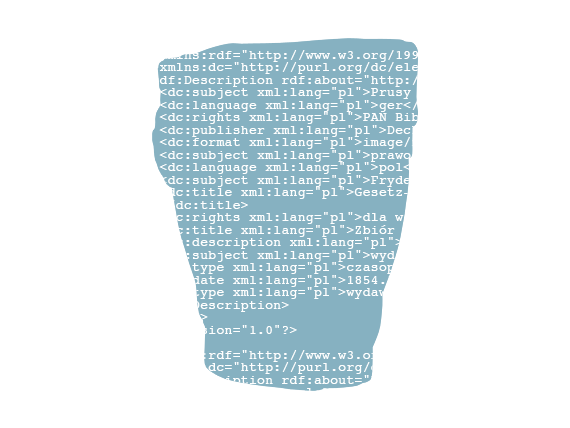Digital museums
dMuseion software allows you to store digital objects (ie. Monuments) in any form, eg. As image files,
3D objects or text documents. Every digital object has an associated description schema defined by the museum's
digital administrator. Stored objects are made available to visitors through a dedicated web page on the Internet. In addition, Digital museums
dMuseion can work with other systems online, using open communication standards such as
eg. the OAI-PMH or RSS feeds.
Software for small institutions, look at LoCloud Collections.
Software for small institutions, look at LoCloud Collections.
